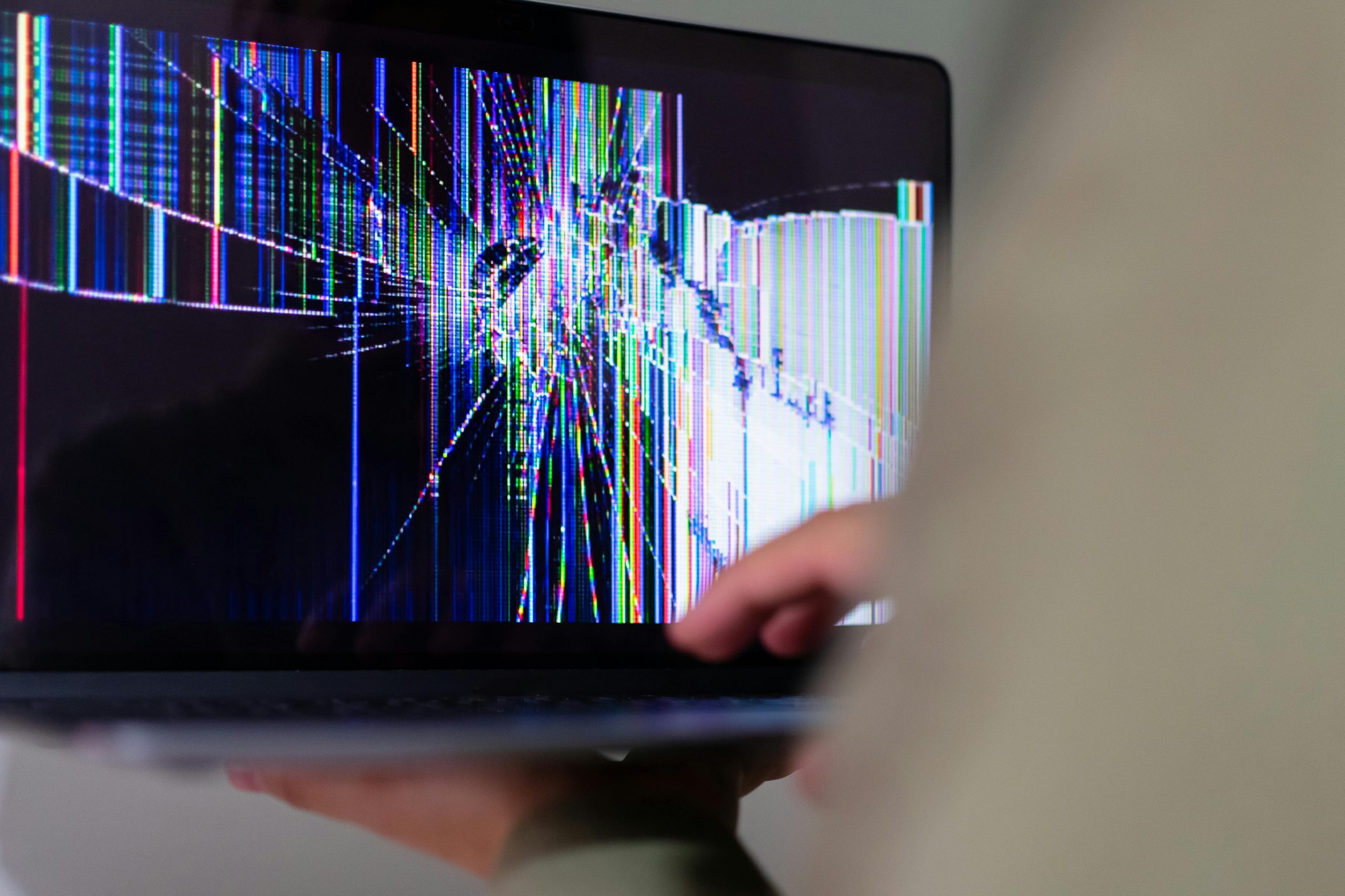Understanding Hardware Error Notifications on Your New Gaming PC: Should You Worry?
If you’ve recently purchased a new gaming PC and are encountering frequent hardware error alerts from Windows Reliability Monitor, you’re not alone. Many new systems, even when functioning correctly, can sometimes display such notifications, leading to concerns about potential underlying issues. This article aims to clarify what these errors mean, assess whether they warrant immediate concern, and suggest steps you can take to ensure your system remains healthy.
Overview of Your System
Your setup includes a Powerspec G755 gaming PC, running Windows 11, with specifications available here. Designed for high-performance gaming, such systems are generally robust but may sometimes generate system alerts, especially during intensive tasks or specific user actions like alt-tabbing.
Understanding the Error Message
The specific error you’re encountering is related to a “LiveKernelEvent,” with an error code of a1000005. Such notifications typically indicate that Windows detected a problem with hardware components, often related to the graphics card (GPU), memory, or motherboard components.
Your error details include references to an AMD Watchdog process, which points toward potential issues with your AMD GPU or associated drivers. Common causes for these errors include driver conflicts, overheating, hardware instability, or incompatible software interactions like game overlays or screen toggling.
Is This Cause for Concern?
While frequent hardware errors can be alarming, they don’t always signal catastrophic failure. Sometimes, these errors are transient or caused by specific actions such as alt-tabbing out of full-screen games, which can temporarily stress system drivers or hardware. If your system remains stable otherwise, and you’re not experiencing crashes or data loss, these errors may be more informational than critical.
However, because these messages appear repeatedly—about nine times within an hour—it’s prudent to investigate further to rule out hardware issues or driver problems before they lead to more serious failures.
Recommended Troubleshooting Steps
-
Update System Drivers:
Ensure that your graphics drivers, motherboard BIOS, and chipset drivers are all up-to-date. Visit the AMD support website and your motherboard manufacturer’s page for the latest updates. -
Check for Windows Updates:
Windows 11 regularly releases patches that enhance hardware compatibility and stability. Make sure your OS is current. -
Monitor Hardware Temperatures:
Use reliable monitoring software (e.g., HWMonitor, MSI Afterburner) to check CPU and
Share this content:



